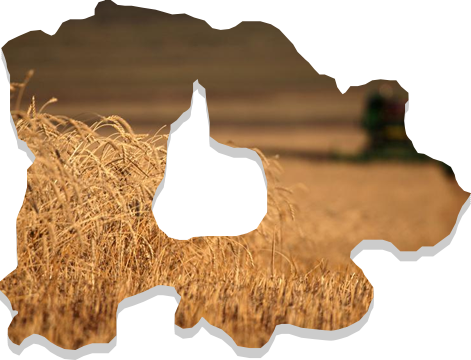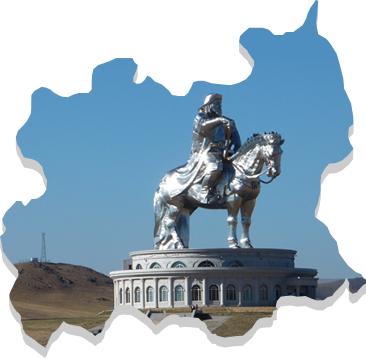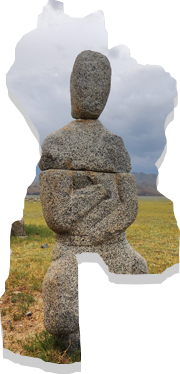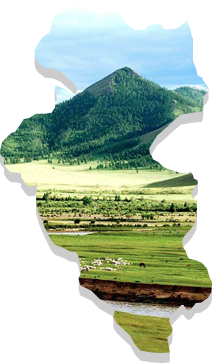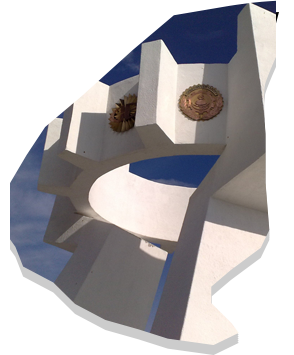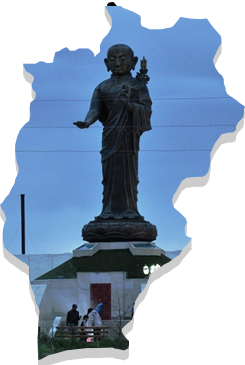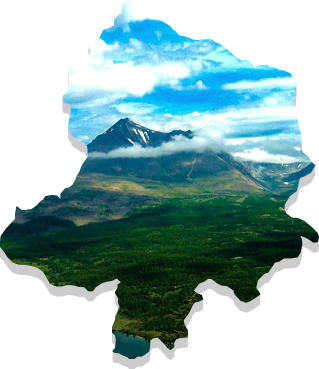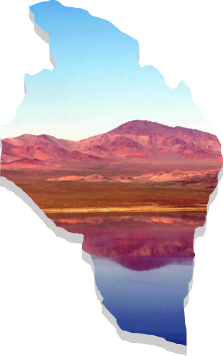Баян-Өлгий аймаг нь 1940 оны наймдугаар сард БНМАУ-ын Бага Хурлын шийдвэрээр байгуулагдсан. Монгол Улсын хамгийн баруун хязгаар, далайн түвшнээс 1301-4374 метр өргөгдсөн бөгөөд мөнх цаст өндөр уулсаар хүрээлэгдсэн. Аймгийн төв нь Өлгий хот.
Газар зүй
Баян-Өлгий аймаг нь баруун талаараа Алтайн нурууны хяр дагаж БНХАУ-ын Шинжан-Уйгарын өөртөө засах оронтой 450 км, хойт талаараа Сийлхэмийн нуруу дагаж ОХУ-ын Алтайн БНУ-тай 225 км, зүүн талаараа Увс аймагтай 165 км, зүүн ба урьд талаараа Ховд аймагтай 450 км нутгаар хиллэдэг. Аймгийн газар нутаг нь далайн түвшнээс дээш 1301-4374 метр өргөгдсөн бөгөөд бүх нутаг дэвсгэрийн 95.3 хувь нь 1600 метрээс дээш өндөрт оршдог. Аймгийн нуруудын хамгийн өндөр цэг нь Монгол улсын хамгийн өндөр цэг болох Алтай Таван Богд уулын “Хүйтэн оргил “(4374 метр) ба хамгийн нам цэг нь Баяннуур сумын төв (1301 метр) юм.
Уур амьсгал
Аймгийн нутаг дэвсгэр нь дэлхийн бөмбөрцгийн хойт хагасын дундад өргөрөгт багтдаг учир эх газрын эрс тэс уур амьсгалтай. Далайн түвшнээс их өндөрт оршдогоос сэрүүн уур амьсгалтай, хүрээлэн оршдог өндөр уулс гаднаас агаарын урсгалаар ирсэн чийгийг биедээ татдаг учир Алтайн нурууны өндөрлөг хэсэгт хур тундасны жилийн дундаж хэмжээ 400-500 мм-д хүрдэг байна. Өөрөөр хэлбэл говь, цөлийн нөлөөнд ихээхэн автагдсан, өндөр уулын өвөрмөц уур амьсгал, эмзэг экосистемтэй. Салхины жилийн дундаж хурд 4-9 м/секунд хүрдэг.
Ургамал, амьтан
Агь, таана, хөмүүл, шаваг, шарилж , ерхөг, хиаг, хазаар өвс, харгана, хялгана, бударгана зэрэг хээр, цөлөрхөг хээрийн өвс ургамал зонхилж, чийг илүүтэй уулын сүүдэр хажууд үхрийн нүд, хад, гүзээлзгэнэ, тошлой зэрэг зэрлэг жимсгэнэ ургадаг. Ой нь уулсын зөвхөн сүүдэр хажууг бүрхэн, өвөр хажуугаар хээрийн ургамал тархсан, уулархаг нутгаар алтан гагнуур, чихэр өвс, бамбай, башиг, чийгийн давирхай, таван салаа, нохойн хошуу зэрэг эмийн ургамал ургадаг боловч үйлдвэрлэлийн аргаар өргөн ашиглаагүй байна.
300 гаруй сээр нуруутан байгаагийн дотор 11 зүйлийн хэвлээр явагч, 8 зүйл загас бүртгэгдсэн байна. Дэлхийд ховордсон аргаль, янгир, ирвэс, шилүүс зэрэг амьтдаас гадна чоно, үнэг, суусар, тарвага ,туулай, үен зэрэг ан амьтад, харцага, ёл, бүргэд, сар, тоншуул, хун, хотон, хойлог, алтан гургалдай, галуу, нугас зэрэг жигүүртэн шувуудтай.
Онцлог газрууд
Байгалийн унаган төрхөө хадгалсан нутаг дэвсгэр нь мөнх цаст сүрлэг өндөр уулс, уудам хөндий нутагтай. Тэр дундаа Ёлтын сав газар, Потанины мөсөн гол, Бага ойгорын цагаан салаагийн хадны сүг зураг, Бага түргэний хүрхрээ зэрэг нь байгалийн үзэсгэлэнт газруудын нэг юм.
Эх сурвалж: http://www.bayan-olgii.gov.mn/pages/introduction
